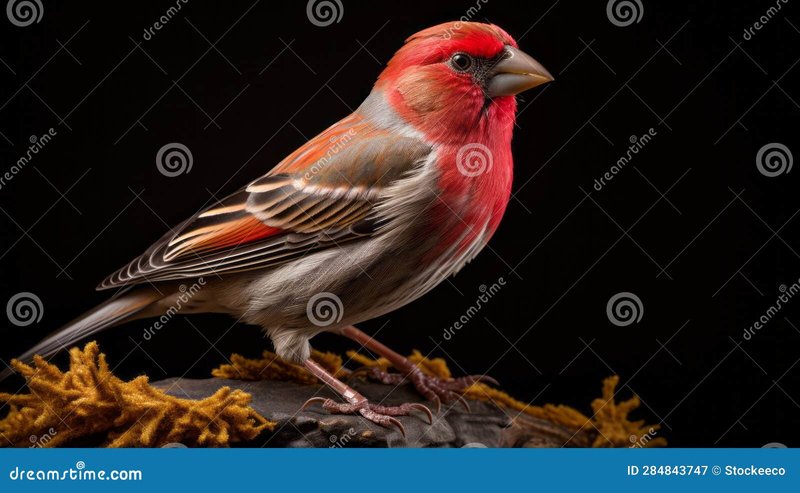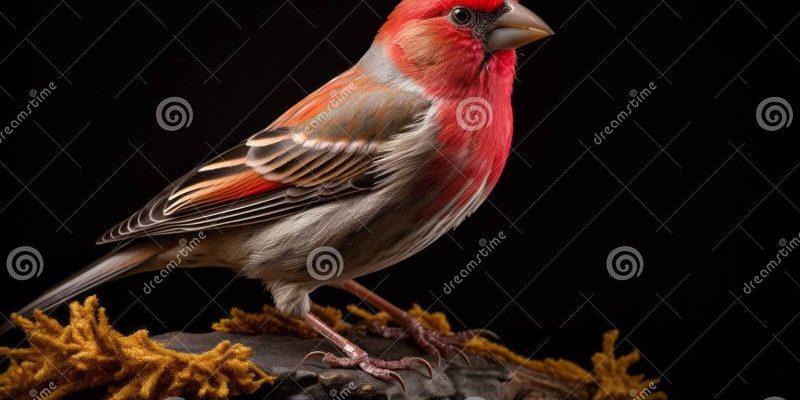
Imagine you’re a finch living in the wild. You’d be basking in the sunlight during the day, fluttering around with your buddies, and returning to your safe nesting spot at night. In captivity, though, that natural rhythm can get disrupted—especially if your human friends don’t fully understand what you need. Understanding whether finches need special lighting or heating is essential, and it can be a bit tricky. So, grab a cup of coffee, and let’s dive into the world of finch care!
Understanding Finch Habitat Needs
To begin with, understanding finches’ natural habitat is crucial. Finches are typically found in warm, temperate climates. They thrive in environments where they can bask in sunlight. This means that mimicking their natural lighting conditions is vital when you’re caring for them in a cage.
Without the right light, finches can become disoriented. They need a cycle of light and darkness that mimics dawn and dusk. This helps regulate their natural behaviors like eating, sleeping, and breeding. Just like you wouldn’t want to sleep with the lights on, finches prefer a dark environment at night. Most experts suggest a light cycle of about 12 to 14 hours of light and 10 to 12 hours of darkness, which helps keep them healthy and happy.
Here’s the thing: artificial lighting can help, but it’s not all created equal. Full-spectrum bulbs, for example, provide the right wavelengths of light that mimic natural sunlight. This can boost your finches’ mood and health.
Do Finches Need Special Lighting?
You might be wondering about the specifics of that special lighting. Well, yes—finches do need special lighting to thrive. Regular household bulbs don’t cut it; they lack the proper spectrum of light needed for finches’ well-being.
Using full-spectrum lighting can provide the UVA and UVB rays that help finches process calcium and maintain a healthy immune system. This can result in plenty of benefits! For example, improved feather quality and overall vitality grant them the energy to sing and play.
You’ll want to position those lights appropriately, too. Placing the light fixture within a couple of feet of their cage allows them to soak in those rays. But be careful! Too much direct sunlight can lead to overheating. It’s all about finding that sweet spot—just like how we enjoy a sunny day without getting sunburned.
How to Choose the Right Lighting for Your Finches
When it comes to picking the right lighting, you’ve got options. Here’s a quick rundown of what to consider:
- Full-spectrum bulbs: These are your best bet. They mimic natural sunlight and are essential for your finch’s health.
- LED lights: Energy-efficient and long-lasting, these can provide the necessary light spectrum without overheating the cage.
- Timers: Consider setting up a timer for the lighting. This ensures a consistent light and dark cycle—just like in their natural habitat.
- Heat lamps: If you live in a cooler climate, heat lamps can help maintain the temperature in their cage, especially during winter.
You’ll want to avoid cheap bulbs that don’t offer a full light spectrum or emit too much heat. Trust me; your finches will thank you!
Do Finches Need Special Heating?
Now that we’ve covered lighting, let’s chat about heating. Finches do need a certain temperature range to stay healthy. They’re not fans of extreme cold or heat. Ideally, finches do best in temperatures between 65°F and 75°F (18°C to 24°C).
If temperatures drop too low, finches can become lethargic or even get sick. A sudden change in temperature can also stress them out. So, it’s crucial to maintain their living environment at a stable temperature.
If you notice your finches huddling together or fluffed up, it might be a sign they’re too cold. In that case, you might consider using a ceramic heat emitter or a heat mat designed for pets. Just remember to monitor the temperature closely to prevent overheating.
Natural Light vs. Artificial Light
So, is it better for finches to have natural light or artificial light? Ideally, a mix of both is best! Natural sunlight is the most beneficial for finches, but it can be hard to provide consistently, especially in colder months.
You can place their cage near a window to let in natural light. Just be cautious of direct sunlight during peak hours, as it can heat up their cage quickly. That’s where artificial lighting comes in handy. Full-spectrum bulbs can supplement their exposure, ensuring they always get the light they need, even when the weather isn’t cooperating.
It’s all about balancing light sources to create a healthy environment that mimics their natural habitat. Your finches will thrive when they can enjoy a mix of both!
Common Mistakes to Avoid
When it comes to lighting and heating for finches, there are a few common pitfalls to watch out for. Here are some mistakes to avoid to ensure your finches stay healthy:
- Inconsistent lighting: Switching lighting on and off at different times can confuse your finches. Stick to a consistent schedule.
- Overheating: Avoid placing heat sources too close to their cage. Be mindful of where the warmth comes from.
- No natural light: If possible, always try to provide some natural sunlight throughout the day.
- Ignoring temperature changes: Keep an eye on your home’s temperature, especially during seasonal transitions.
By steering clear of these mistakes, you can help create a healthier and happier environment for your feathered friends.
In summary, finches do need special lighting and heating to thrive in captivity. By providing them with the right type of light—which includes full-spectrum bulbs—and maintaining a stable temperature, you’ll be setting the stage for their well-being. Remember, these small birds thrive on consistency, so sticking to a reliable light and heat schedule is key.
It’s all about mimicking their natural environment. When you provide your finches with a setup that feels like home, they’ll show you their appreciation through their cheerful songs and playful antics. Investing time in understanding their needs is totally worth it for the joy they bring into our lives. So, keep those lights bright and the temperatures just right, and your finches will flourish!

